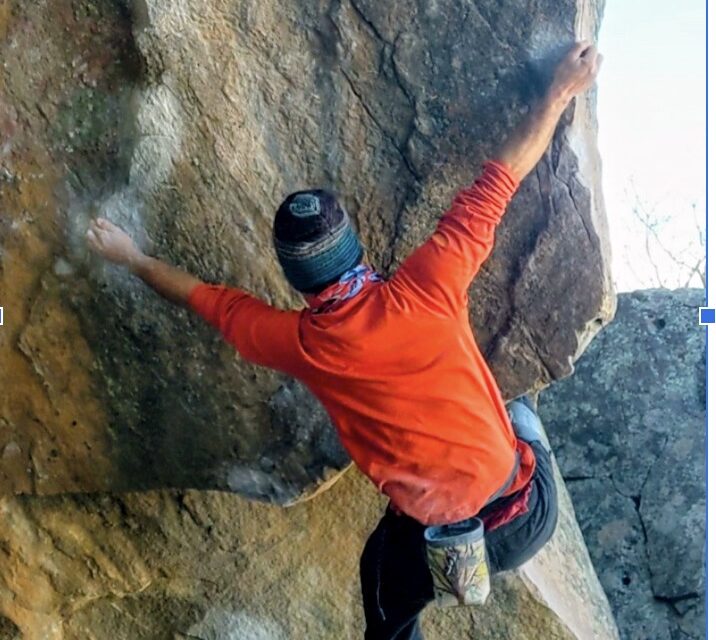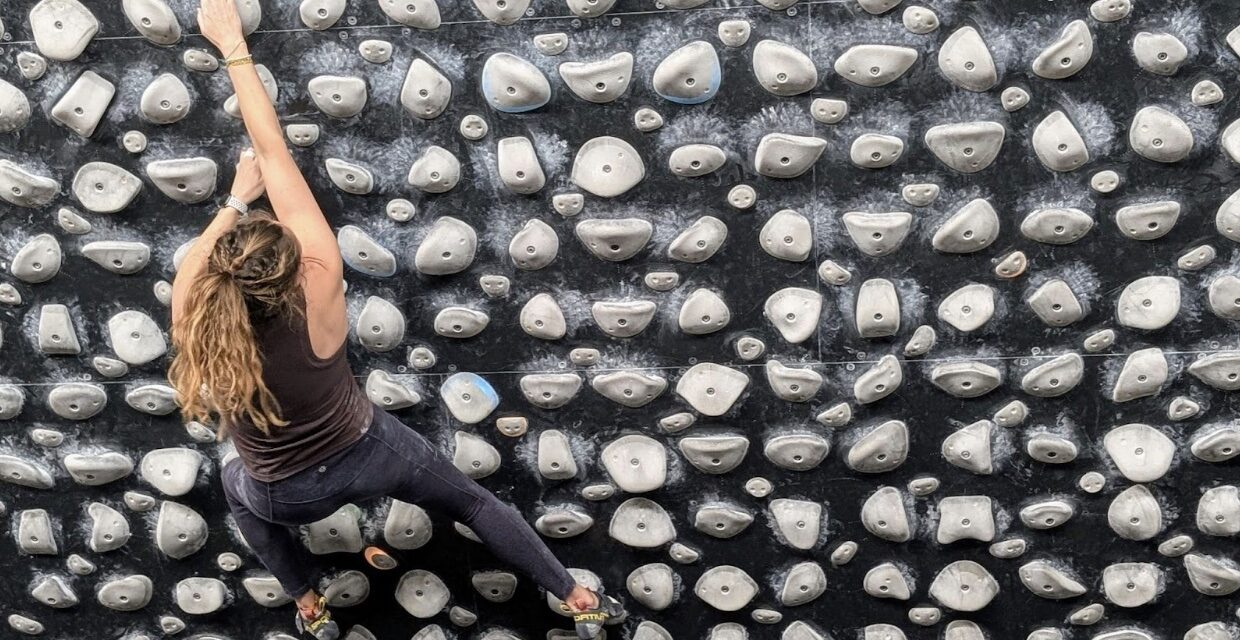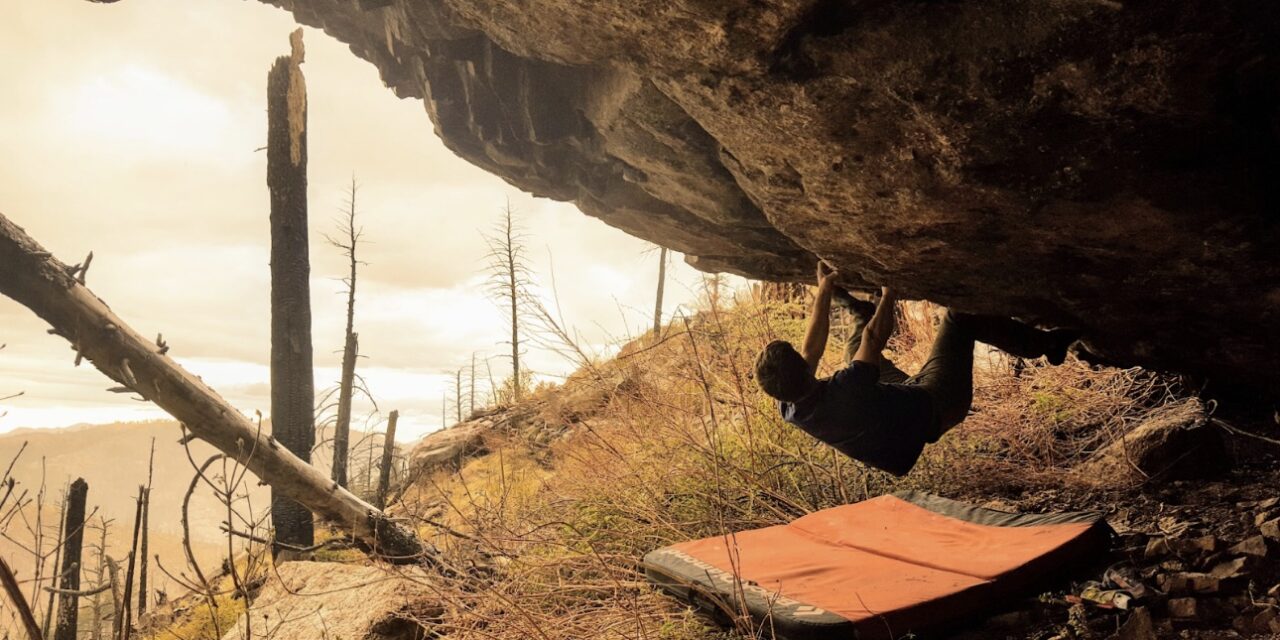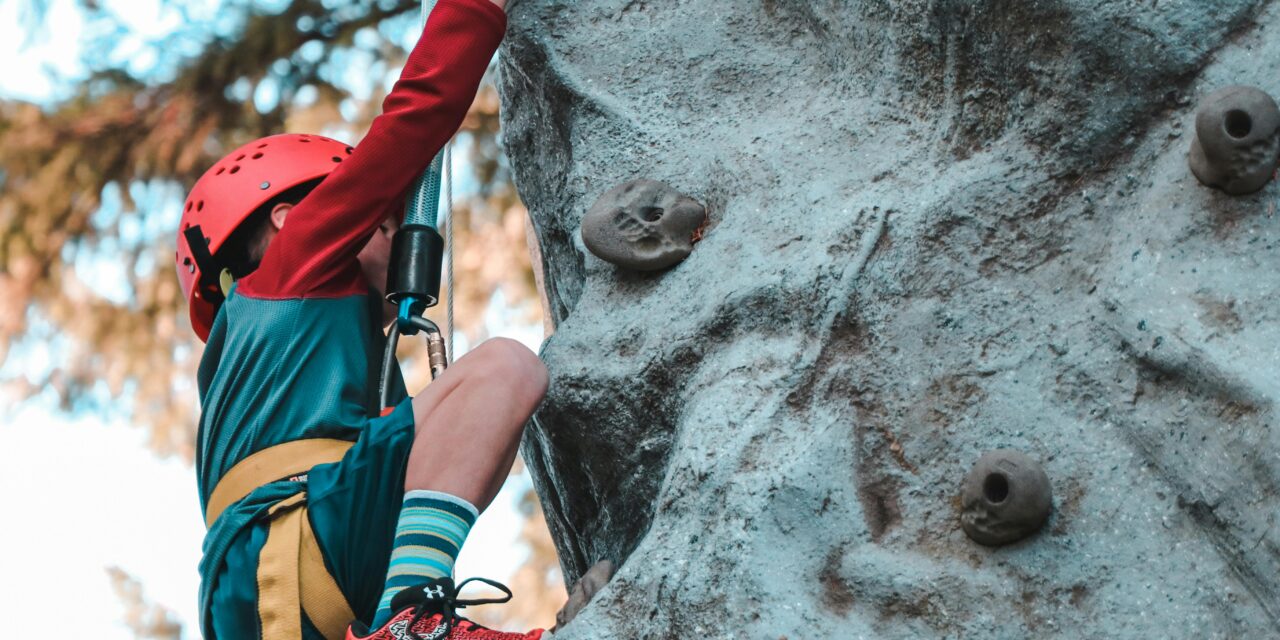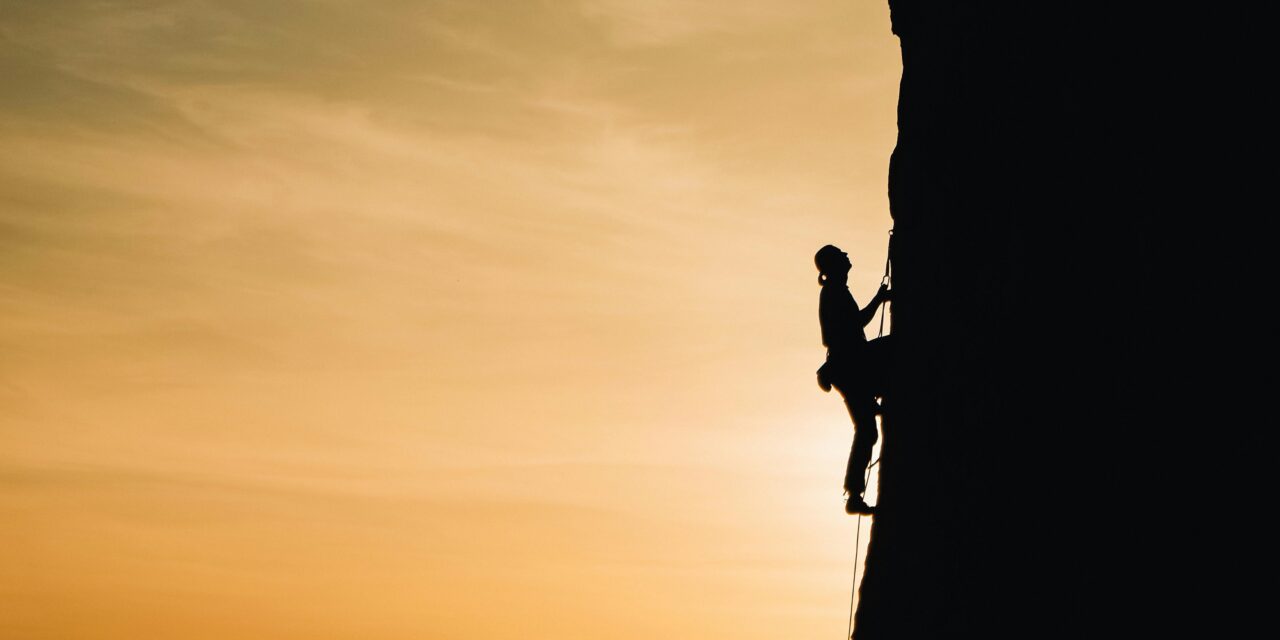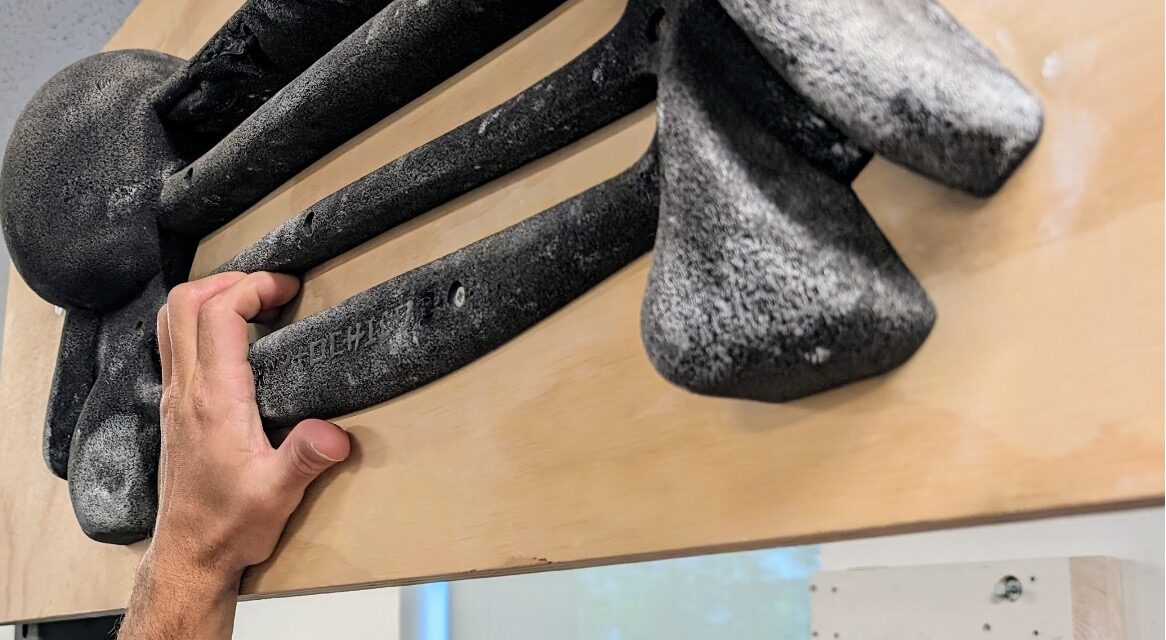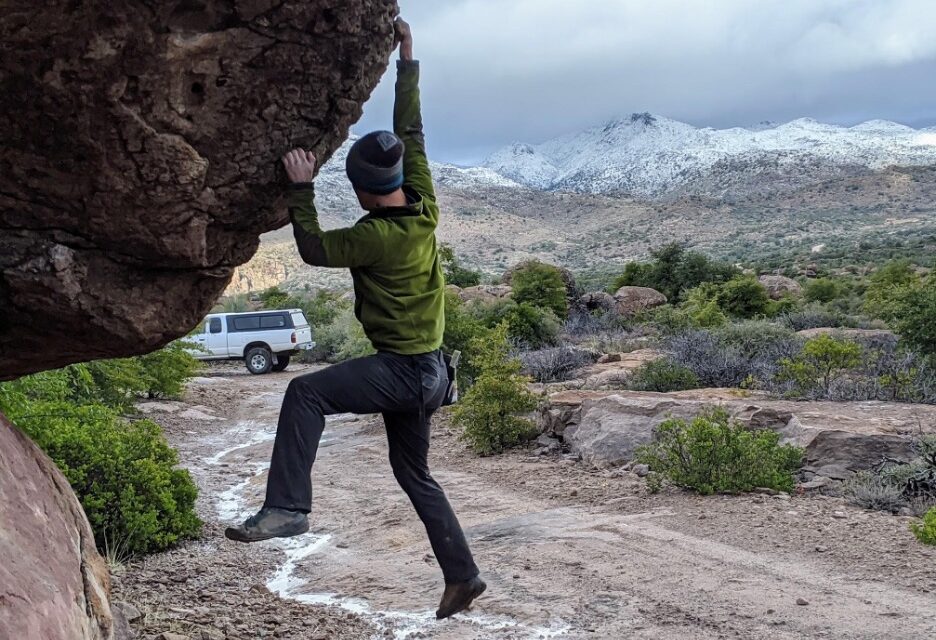Plyometrics For Late Stage Rehabilitation In Rock Climbers
By: John Crawley, PT, DPT, OCS Plyometrics are a type of exercise that involve explosive, high-intensity movements and are often used in sports training and rehabilitation programs for many types of overhead athletes, but not often enough for rock climbers. They can be an effective way to improve muscle power, speed, and coordination, and can...

